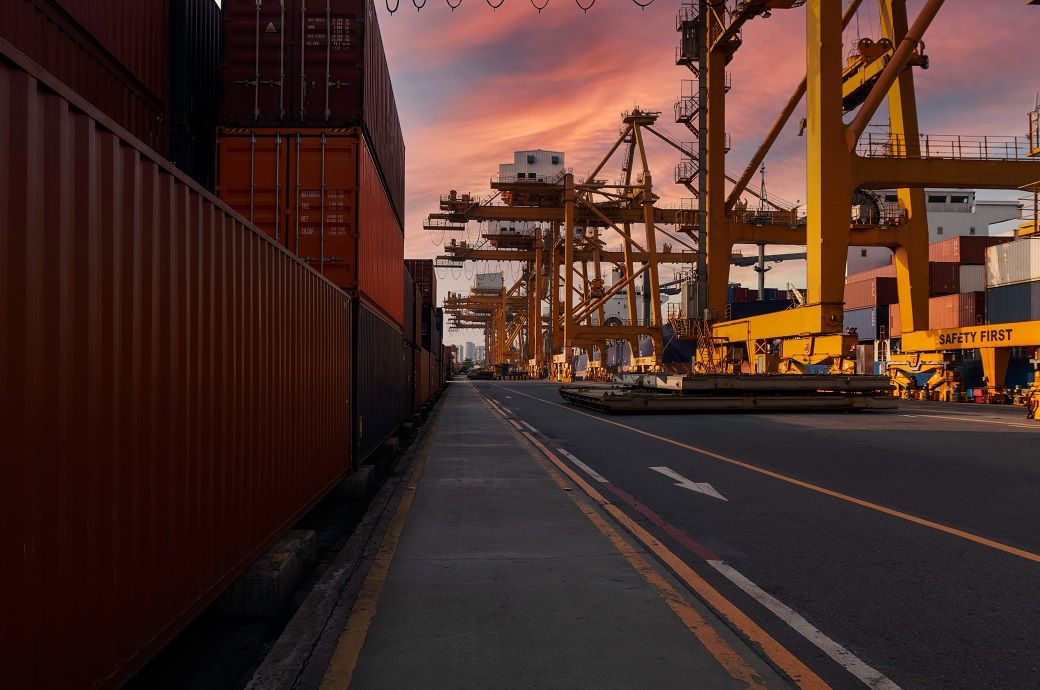
Freight TSI is based on the amount of freight carried by the for-hire US transportation industry.
The level of for-hire freight shipments in February measured by the freight TSI (138.7) was 2 per cent below the all-time high level of 141.5 in August last year.
The January index was revised to 136.8 from 137.8 in last month's release.
The freight TSI increased due to seasonally-adjusted increases in rail intermodal, water, air freight and trucking, while rail carload and pipeline declined.
The Institute for Supply Management manufacturing (ISM) index was up by 0.3 point to 47.7 in February, indicating continued contraction in manufacturing.
The February freight index increase followed a January decrease and was 0.7 per cent above the December level. This was only the third increase in seven months, for an overall decrease of 1.1 per cent since July, a BTS release said.
It was the 12th month-over-month increase in 18 months, for a total increase of 3.3 per cent since August 2021.
The February freight TSI is 11.9 per cent above the pandemic low in April 2020; it has increased in 21 of the 34 months since that low.
The index is now 1.8 per cent below its previous record level of 141.2 set in August 2019, despite increasing in 21 of the 42 months since that earlier peak.
Fibre2Fashion News Desk (DS)